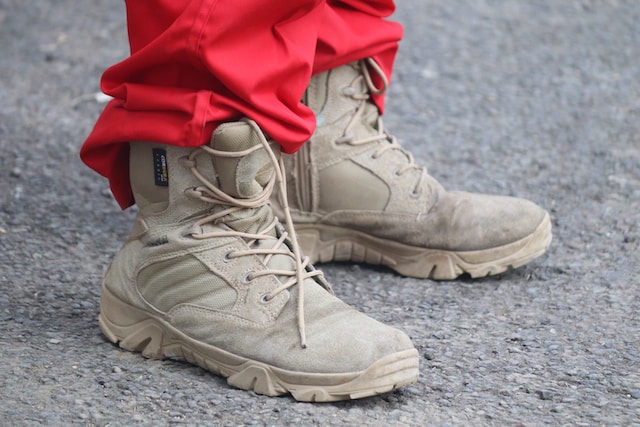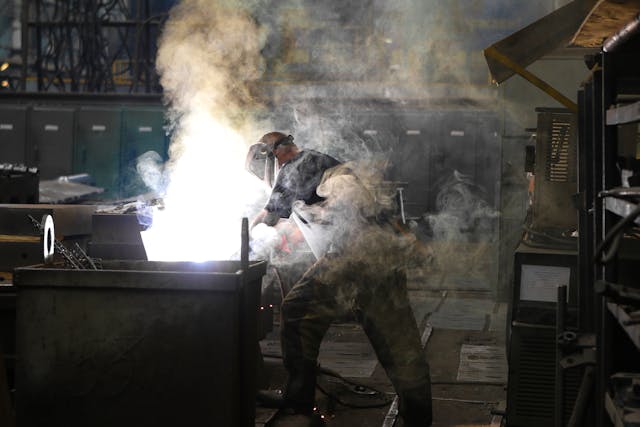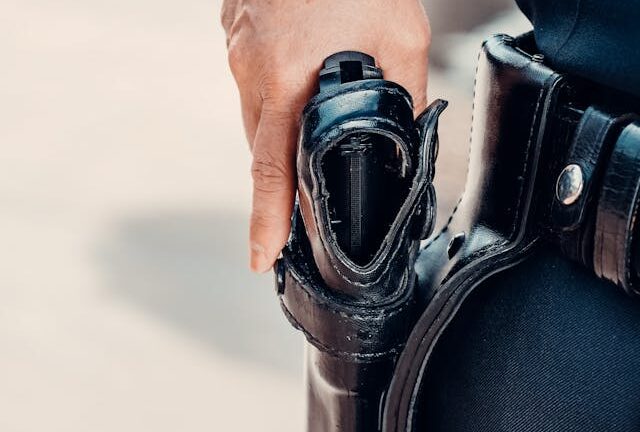Foot injuries are common in the workplace. Health and safety laws require employees to wear appropriate footwear to protect them from the risks of injury.
Non-steel work boots can offer protection against hazards while keeping feet comfortable all day. But how do you know which ones are best for your job?
Shock Absorbing Soles
The midsole is the material that sits underneath the foot, sandwiched between the outsole (layer of the shoe that contacts the ground) and the insole (layer of the shoe that touches the bottom of your feet). It has two essential jobs: improving comfort, cushioning, and protecting the feet from hazards.
Workers on their feet all day need work boots Canada that are shock-absorbent and comfortable, particularly if exposed to heavy lifting or other activities that increase foot strain. EVA and polyurethane are common materials in work boot soles that provide good shock absorption.
Many non-steel safety shoes use non-metallic materials for their toe caps instead of steel, eliminating the risk of them becoming magnetized and interfering with sensitive equipment in magnetic environments like some manufacturing plants. These shoes also tend to be more durable than steel-toed shoes. Strong traction is essential to help workers navigate unstable terrains.
Water Resistance
The amount of water that can penetrate the footwear is a crucial consideration for workers in wet environments. Boots with waterproofing prevent water from reaching the feet and help protect against cold weather injuries like frostbite.
The spine of any work boot is the shank, which sits between the outer sole and the insole. The shank can be made from steel, fiberglass, or Kevlar. Steel shanks offer the most protection, but they are also the heaviest.
Composite shanks are 30 to 50 percent lighter than steel and do not conduct heat, cold, or electricity. They are also more flexible and can withstand more impact.
The upper part of a work boot can be made from leather, rubber, plastic, or another material. While all these materials are sturdy and meet safety standards, your chosen type depends on your environment. For example, warehouses may require steel-capped boots to protect against rolling forklifts, while electricians might want a pair of composite boots that don’t conduct electricity.
Puncture-Resistant Toes
Puncture-resistant soles offer added safety protection for jobs where sharp objects are a common hazard. The design prevents sharp objects like nails, screws, and other debris from penetrating through the bottom of your shoe and causing injury. Puncture-resistant work boots are ideal for construction, manufacturing, warehouses, and recycling centers.
Most workplaces require employees to wear personal protective equipment (PPE), including safety shoes and footwear. Work boots must meet specific standards for impact and compression resistance. They may also feature electrical hazard resistance, metatarsal guards, and other PPE-specific features.
While steel toes are commonly seen in work boots, composite and aluminum options offer comparable safety protection at a lower cost and weight. They are often non-metallic and ideal for work environments that use metal detectors or scanning for security purposes. They also offer insulation from temperature extremes.
Metatarsal Guards
If you work in a role that exposes your feet to the risk of metal objects falling on or rolling over the tops of your feet, then you need metatarsal protection. Also known as met guards or boots, these additional layers of safety – either External or Internal – prevent crushing injuries to the metatarsal bones at the top of your foot.
Traditionally, met guards were attached to the top of the footwear and tended to be stiff layers that hampered comfortable movement when crouching or bending down at work. Newer technology has seen manufacturers create internal met guards that fit inside the boot much more comfortably without changing how your footwear looks from the outside.
Test whether your shoes or boots have metatarsal guards by placing your thumb under the front of your toes and extending upward. Feel your five metatarsal bones at the base of your toes and up to a little above where the tongue of most work boots starts – these have very little muscle or fat protection, which makes them prone to injury from crushing objects.



